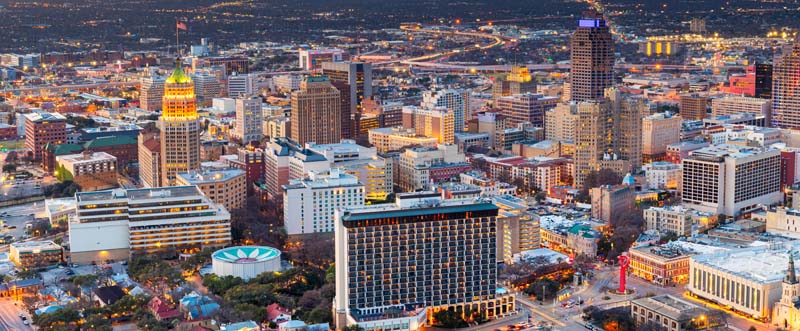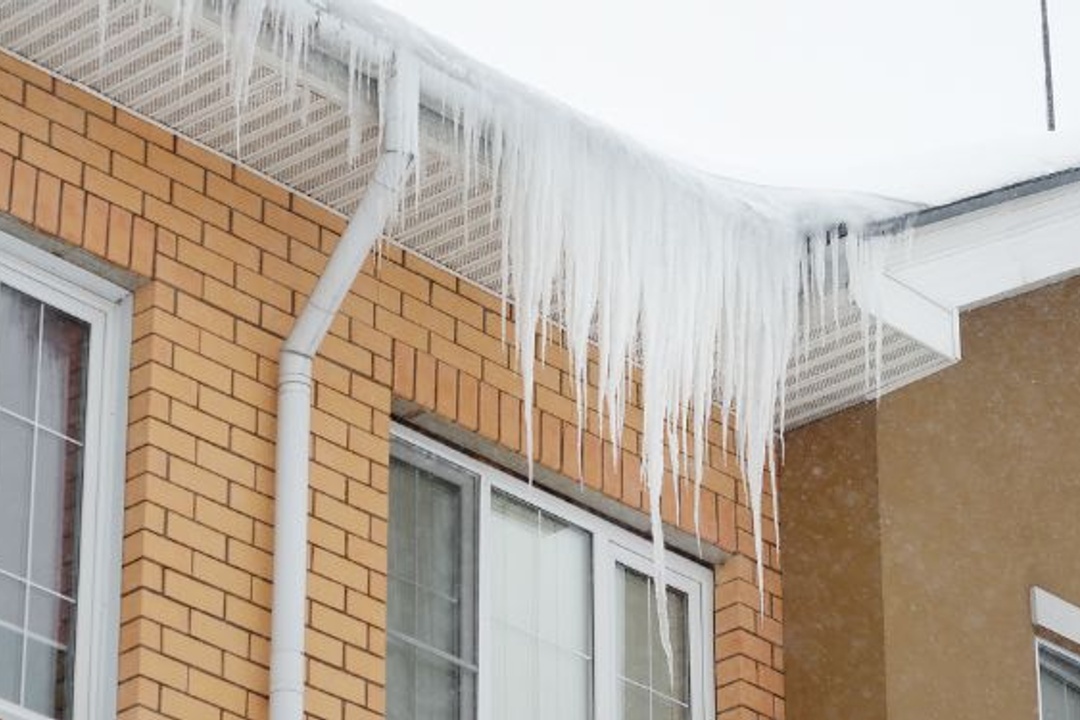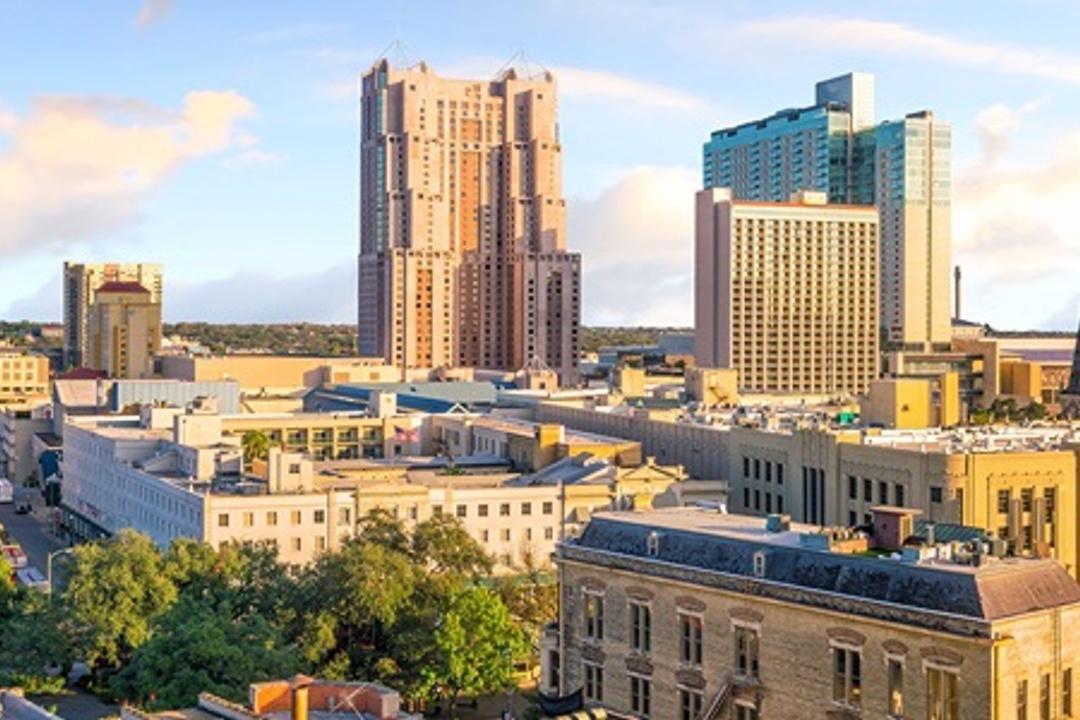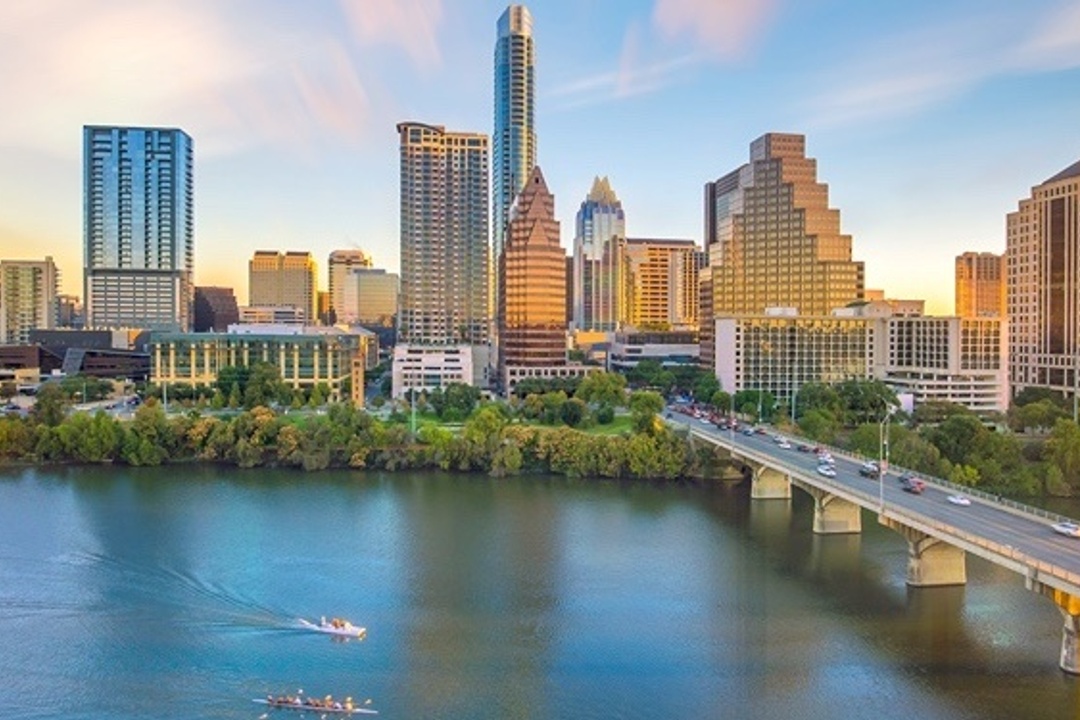
San Antonio is every American’s dream. Cheap real estate, low taxes, small-town feel, big-city amenities, a major sports team, mild winters, and a booming economy. However, San Antonio, like other major US cities, is seeing an increase in its cost of living. According to data by Filterbuy, San Antonio had the 12th largest increase in the cost of living among major U.S. metro regions from 2010 to 2020.
While the cost of living is rising around the country, San Antonians appear to be doing better than residents in many other Texas cities and national locations. Overall, living in San Antonio is 2% cheaper than the state average and 8% lower than the national average.
If you are considering relocating to San Antonio but are unsure about the cost of living in the area, this article is for you. We've gathered the best information about the cost of living in San Antonio for this post.
At a Glance
* The average cost of a one-bedroom apartment in San Antonio is $1,154 per month.
* The average cost of utilities in San Antonio is $199.90 per month.
* The average annual salary in San Antonio is $49,677 per year.
* The cost of living in San Antonio is 8% lower than the national average.

Housing Costs
Housing is the most significant expense for most American households, and San Antonians are no different. When looking to move to San Antonio, it is important that you factor in the costs associated with owning a house.
The average price for a home in San Antonio is $348,246 — an amazing price considering houses in some cities like Los Angeles, CA or Manhattan, NY go for $920,000 and $1,170,000, respectively, on average. Even Dallas, TX has significantly higher housing prices (averaging nearly $400,000).
Compare Median Housing Prices:
San Antonio: $290,000
New York: $820,000
Los Angeles: $975,000
Austin: $577,000
Renting Costs
The biggest part of your monthly budget is your rent. According to financial experts, the “rule of thumb" when it comes to renting is that it should make up no more than 30 percent of your monthly budget. However, according to a 2020 Harvard report, nearly 25 percent of renters spend over half their budget on rental fees.
The average rent in San Antonio is 16.8 percent cheaper than the U.S. average. You can expect to pay about $1,281 per month, which is an 18.3 percent decrease from the previous year.
Compare Median Renting Prices:
San Antonio: $1,281
New York: $3,495
Los Angeles: $3,195
Austin: $1,826

Transportation Costs
Another important feature of the cost of living in San Antonio is transportation. After all, you need to get to and from work and be able to run errands efficiently — and affordably — if possible. Fortunately, transportation costs in San Antonio are 4.6 percent lower than the national average.
* Public transportation: A one-way trip on the VIA Metropolitan Transit bus costs $1.30. A 7-day pass costs $12, while a monthly pass costs $38.00. San Antonio's Transit Score is 37.
* Parking: The average parking charge in the city is $5.50 per hour or $16 for 24 hours.
* Fuel: A gallon of gas is now around $2.43, which is 12.7 percent less than the national average and 59.54 percent less than the price of gas in Sacramento, CA.
* Vehicle Maintenance: Tire rotation and balancing are two of the most regular vehicle maintenance expenses. This service will cost you around $59.50 in San Antonio, which is 12.7 percent more than the national average.
Compare Median Transportation Costs (annually, based on 2 adult household):
San Antonio: $8,991
New York: $4,303
Los Angeles: $4,900
Austin: $5,586

Utility Costs
If you’re planning to move to the city of San Antonio, utilities are one of the most essential costs to consider when calculating the cost of living in San Antonio. They can quickly and dramatically raise your monthly expenses, including the average rent in San Antonio.
San Antonio's utility costs are also 11.3 percent cheaper than the national average. In the United States, the average monthly utility cost is $122. The average price of utility per month in San Antonio is $199.90
Other utilities include:
* Cell phone service: $6-$300 per month
* Internet: $50-$110 per month
* Water/sewer: Average is $72.38
Compare Median Utility Costs:
* San Antonio: $191.73
* New York: $170.21
* Los Angeles: $138.70
* Austin: $157.81

Food Costs
Another factor that can quickly and significantly raise the cost of living in San Antonio is food prices, which are divided into two categories: grocery and eating out. The amount you will spend on food in San Antonio will largely depend on whether you choose to eat out or do the cooking at home.
If you're trying to save money, you can cook most (if not all) of your meals at home. However, for many people, eating out is sometimes a necessity owing to their hectic schedule, which contributes to a lack of time and weariness. Fortunately, there are numerous dining options in San Antonio.
Grocery costs in San Antonio are 10 percent cheaper than the national average. You can expect to pay about $2.06 for a loaf of bread, $2.78 for a carton of eggs, and $3.62 for a gallon of milk. According to Numbeo, you can expect to pay about $8 for a fast-food meal or $15 for a meal at an inexpensive restaurant. When date night comes around, you’ll spend approximately $55.00 for a three-course dinner for two at a mid-range restaurant.
Compare Median Food Costs (per month):
San Antonio: $437
New York: $477
Los Angeles: $375
Austin: $302
Grocery Costs
San Antonio has grocery prices that are 10% lower than the national average. A single adult spends an average of $3,480 on groceries annually, while a family of four spends $10,235. If you’re looking for low-cost groceries, San Antonio residents swear by H-E-B and Sprouts.
In terms of grocery items, a bottle of milk costs about $1.82 in San Antonio, a dozen eggs go for around $1.64, and a pound of potatoes circles around $2.43.
Compare Median Grocery Costs:
San Antonio: $437
New York: $477
Las Angeles: $375
Austin: $302

Healthcare Costs
The amount you will spend on healthcare in San Antonio will be heavily influenced by whether you are single, have a family, have a pre-existing health condition, or have excellent insurance.
Overall, the cost of healthcare in San Antonio is 6% lower than the national average. If you schedule an appointment for your yearly physical, you will be charged $116 for that visit. A trip to the dentist will cost $91.33 before insurance, whilst residents of other cities will spend around $99.44.
Over-the-counter and prescription drugs are 4.27 percent and 6.35 percent less expensive, respectively. In San Antonio, the average annual health insurance premium is $2,585. Aetna Health Inc. and Scott & White Care Plans are two major healthcare insurance providers available to San Antonio citizens.
Compare Median Healthcare Costs (annually, based on 2 adult household):
San Antonio: $2,585
New York: $8,891
Los Angeles: $6,888
Austin: $6,160

Entertainment Costs
One of the upsides of living in San Antonio is the array of outdoor and indoor entertainment options littered across the city. From games and arcade centers, recreational parks, and nightclubs, to high-end restaurants, San Antonio is a hotspot for fun and entertainment.
Entertainment and activities in San Antonio typically cost an average of $28 per person, per day. This includes fees paid for admission tickets to museums and attractions, day tours, and other sightseeing expenses. On the other hand, movie tickets are about $13 per person. If you’re looking to catch a game, tickets to see the San Antonio Spurs play are approximately $59 per person.
Compare Median Entertainment Costs (per day):
San Antonio: $28
New York: $77
Los Angeles: $49
Austin: $22
Fitness Costs
If you’re a fitness lover, San Antonio isn’t lacking when it comes to gyms. San Antonio’s gym memberships are relatively affordable at just $31.88 on average. That said, the fantastic weather and plethora of local parks mean you can get your fitness fix without spending a dime. Head out for a walk or run in your neighborhood to run some of the extra calories you’ll consume after visiting a Tex-Mex restaurant.
Compare Median Fitness Costs (per month):
San Antonio: $56
New York: $106
Los Angeles: $50.03
Austin: $55

Clothing Costs
The cost of clothing tells you how much more or less money you need to buy basic items such as jeans, shirts, or slacks in a new city. A men's shirt costs around $31.41 here in San Antonio. Meanwhile, a pair of women's slacks will set you back around $35.49.
Taxes in San Antonio
One of the advantages of moving to San Antonio is the absence of a state income tax. However, you will still be required to pay sales and property taxes, which can be significantly higher than the national average.
If you buy a home in San Antonio for the median price ($290,000), your annual residential property taxes will be around $5,713. The property tax rate is 1.970 percent, which can significantly raise the cost of living in San Antonio depending on your mortgage rate and the value of your home.
San Antonio's sales tax rate is 8.25 percent, with 6.25 percent going to the state of Texas. If you spend $1,000, you'll end up paying an extra $82.50 in taxes.
Compare Median Taxes (Based on a $100,000 annual income):
San Antonio: $15,009
New York: $21,311
Los Angeles: $24,822
Austin: $15,009

What Salary Do I Need to Live in San Antonio?
To live comfortably, individuals should not spend more than 30% of their income on housing costs. According to recent Zippa data, the average annual salary in San Antonio is $45,964, which is not far from the recommended salary.
Given that the median rent for a two-bedroom in San Antonio is $1,328, the recommended monthly earnings are $3,500 before taxes. Based on that figure alone, in order to live comfortably in San Antonio, a single adult should earn at least $42,000 per year before taxes.
The Bottom Line
If you’re considering moving to the city of San Antonio, it’s essential to have a well-thought-out game plan in advance. Financially speaking, you should probably have a job lined up before packing up and heading to San Antonio.
It’s also important to do your research regarding the different neighborhoods, not only because the cost of living can vary significantly, but also because the entertainment and overall neighborhood vibe varies a lot as well.
Spend some time exploring the city and finding the right neighborhood for your needs, budget, and lifestyle. And once you settle on a location, be ready to move quickly with a reputable local real estate company — like the rest of the state, the housing market moves very fast.

FAQs
1. What is San Antonio’s cost of living compared to other states?
Despite being a major city, San Antonio has lower living costs than the national average in every category. If the cost of living in a major city is one of your most important deciding factors when looking for dream locations to live in, San Antonio is an intriguing option.
Perhaps you've already narrowed down your list of Texas cities to live in. San Antonio is also a more affordable option when compared to other Texas cities. San Antonio is 2.7% cheaper than Houston and 11.5% cheaper than Dallas.
2. Where are the most expensive parts of San Antonio?
Below are some of the most expensive areas in San Antonio according to Redfin price reports:
1. Cordillera Ranch
Average Price: $1,750,000
2. Terrell Hills
Median Price: $1,125,000
3. Alamo Heights
Median Price: $950,000
3. Where are the most affordable parts of San Antonio?
Below are some of the most affordable areas of San Antonio according to Redfin reports:
1. Leon Valley
Median price: $323,000
2. Lafayette Place
Median price: $170,000
3. Live Oak
Median price: $290,000
4. Windcrest
Median home price of $340,000
4. What is San Antonio’s population?
According to the United Nations world population prospects, the current metro area population of San Antonio in 2022 is 2,413,000, a 1.9% increase from 2021. The metro area population of San Antonio in 2021 was 2,368,000, a 2.07% increase from 2020. The metro area population of San Antonio in 2020 was 2,320,000, a 2.25% increase from 2019.
5. Is the cost of living expensive in San Antonio?
San Antonio, Texas's cost of living is 8% lower than the national average. However, it is important to note that the cost of living in any area can vary based on factors such as your career, average salary, and the real estate market of that area.










